
Why Onions Need Dehydration and Drying Processes?
The dehydrated vegetable is a kind of food with popularity to meet the fast-paced and high-efficiency lifestyle of nowadays. After drying, the moisture content of vegetables is reduced to 4%-13%, and the water activity (Aw) is reduced to around 0.7, which makes the microorganism and enzyme in an inhibition state, thus the dried vegetable can be preserved for 2-3 years after sealed or vacuum packed. So dehydration and drying is a common process of vegetables.
With the increased utilization of dehydrated onions, they are often dried for direct consumption or further processing. At the same time, the drying process of onions helps efficient storage for their use during the off-season and reducing bulk handling, facilitating transportation. Dried onion is a product of great significance in world trade produced either as flaked, minced, chopped or powdered forms. Moreover, the process of dehydration of onion also can be removing the excess moisture from the outer layers of the bulb. The dried skin provides a surface barrier to water loss and microbial infection, thereby preserving the main edible tissue in a fresh taste. Drying also reduces shrinkage in further handling, reduces the occurrence of sprouting, and allows the crop to ripen before fresh consumption or long-term storage.
Hot Air Drying and Microwave Drying of Onions
► Onion Varieties Suitable for Drying
For efficient storage and processing purpose, onions need to be dried from initial moisture content of about 82 percent to 6 percent or less. Not all onions varieties are suitable for the drying process, specific varieties of onions grown can be dried by drying machines, white onions with total solid content 15-20% and having high pungencies, such as the Creole Onion, Southport Globe Onion, and the Hybrid Southport Globe are highly recommended for drying.



► Preparation for Onions Drying
For industrial onions processing, before onions drying processes, onions need to be peeled and trimmed by automatic onion peeling and root cutting machine. The peeled and trimmed onions are washed in water by bubble type vegetable washing machine and then the washed onions are sent to the vegetable centrifugal dewatering machine to remove water on the surface of onions. Then onions are sliced using a vegetable slicing machine and the sliced onions can be dried by dryer. The commonly used dryer for drying onions are hot air circulation drying oven and microwave dryer.

|

|
► Hot Air Drying of Onions
1. Conventional hot air drying of onions
Hot air drying is a conventional commercial drying method for reducing the moisture content of vegetables and fruits to a level required, which is based on circulated hot air produced by the combined working of the air circulating fan and heater device. The uniformly sliced onions are dried in a thin layer on the trays of the hot air drying oven. The air temperatures for drying onions generally ranges from 50℃ to 80℃.
2. Infrared irradiation combined with hot air drying of onions
Infrared irradiation heating offers many advantages over conventional hot air drying. When infrared irradiation is used to heat or to dry vegetables or fruits, the radiation impinges on the exposed vegetable or fruit surfaces and penetrates, and the energy of radiation is converted into heat. This type of onions drying has shorter drying process time and better onion slices quality.
►Microwave Drying of Onions
Microwave drying is a drying method with high drying speed, high thermal efficiency and none pollution, and it has been widely used in food dehydration process as it has promoted the development of food industry a lot. Microwave drying is based on a unique volumetric heating mode facilitated by electromagnetic radiation. Compared with other dehydration methods, using microwave drying machine to process onions also has many superiority. Microwave drying of onions has low energy consumption and faster drying results and the quality of dried onions is satisfied.


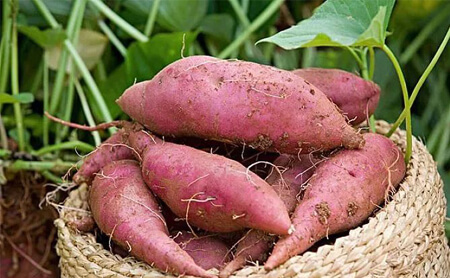

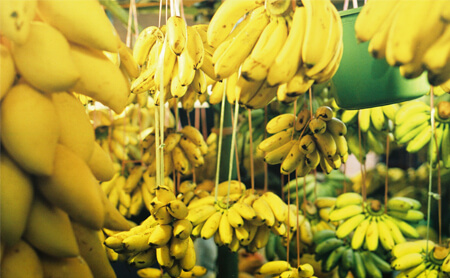





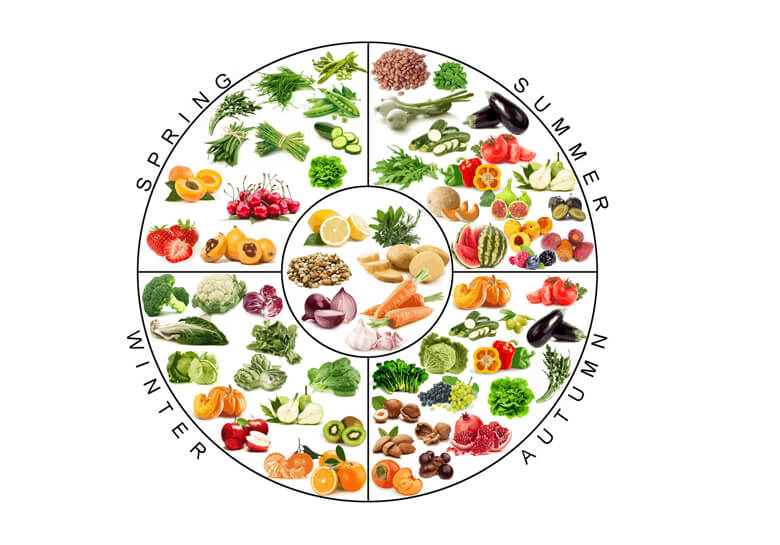



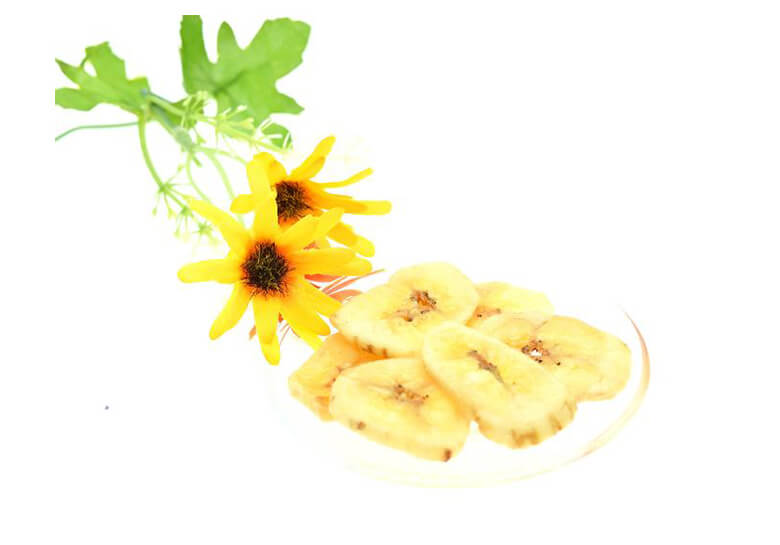
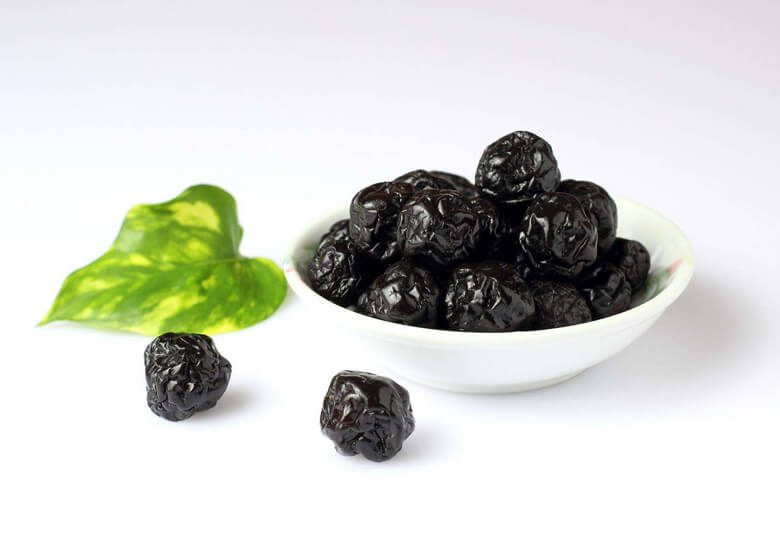
Leave A Comment